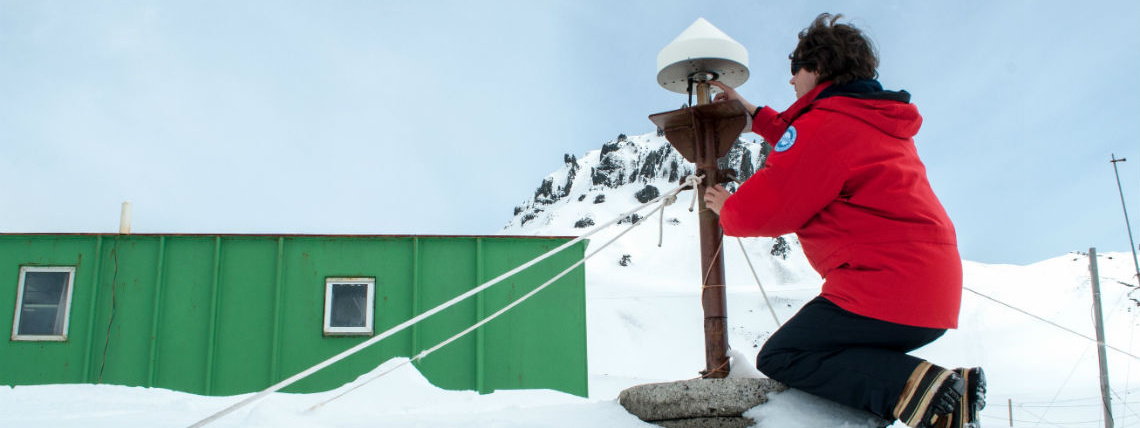The articles of the current edition are available on the new site.

As part of the DemoGRAPE project funded by the National Research Program in Antarctica, the NavSAS satellite navigation research group of the Department of Electronics and Telecommunications (DET), thanks to the expedition of researcher Nicola Linty, has been able to install a pair of stations in the Antarctic polar area that receive the signal from the new European satellite navigation system, Galileo, in addition to the GPS, thus detecting the presence of ionospheric scintillations.
These phenomena occur in polar regions due to the interaction of the atmosphere with charged particles from solar storms, and can compromise the use of positioning and navigation systems and related services. This kind of positioning services is particularly important in polar areas due to the lack of other infrastructures and the hostility of the environment, so they are used to guide vehicles and people.
Knowledge of the presence of these phenomena, which undermines the reliability of the positions obtained, is therefore fundamental. In addition, ionospheric tomography based on signals coming from the constellations of navigation satellites is one of the methods for studying the behaviour of the high layers of the atmosphere. Using the results of the observations, it is possible to produce reliable atmospheric models and better understand the complex physical phenomena that generate scintillations, not only in polar areas.
The data of the stations installed is also used and studied by the National Institute of Geophysics and Vulcanology (INGV), with which DET has been collaborating for many years in many national and European projects. The DemoGRAPE project has allowed the two monitoring stations to be installed, respectively, at the South African SANAE IV and at the Brazilian “Comandante Ferraz” Antarctic stations.
The activity was also carried out with the contribution of the instrumentation provided by the company Septentrio, which is one of the most important European companies for professional satellite receivers. Thanks also to the collaboration with the Politecnico di Torino in this project, it is the first company to have its receivers in Antarctica to monitor the signal of the Galileo satellites. In addition to commercial receivers, software-radio monitoring stations designed at the Politecnico have been installed, enabling a more accurate observation of the signal received and allowing the use of advanced signal processing algorithms.
The Galileo system has now entered its operational phase and has been declared usable since December 2016; completion of the constellation is planned for 2018.